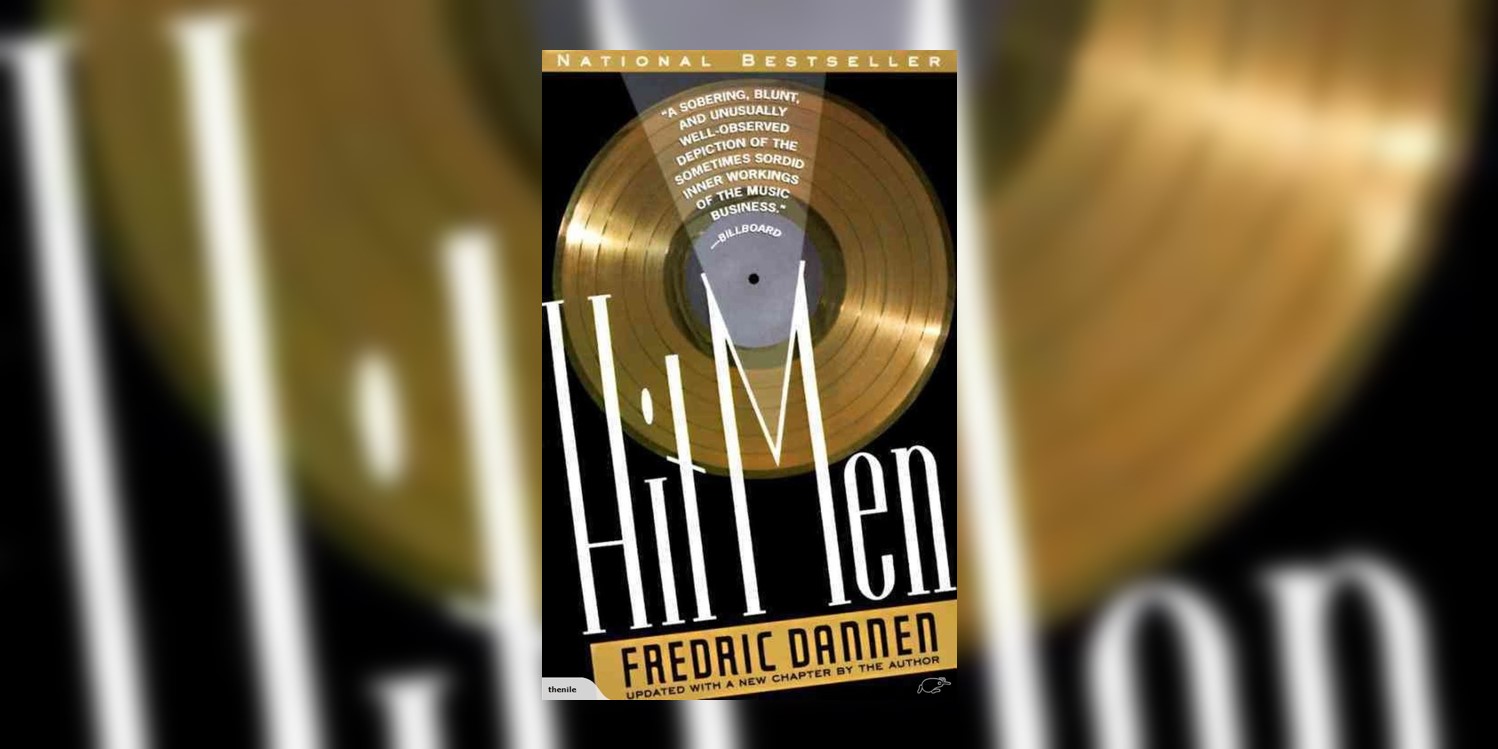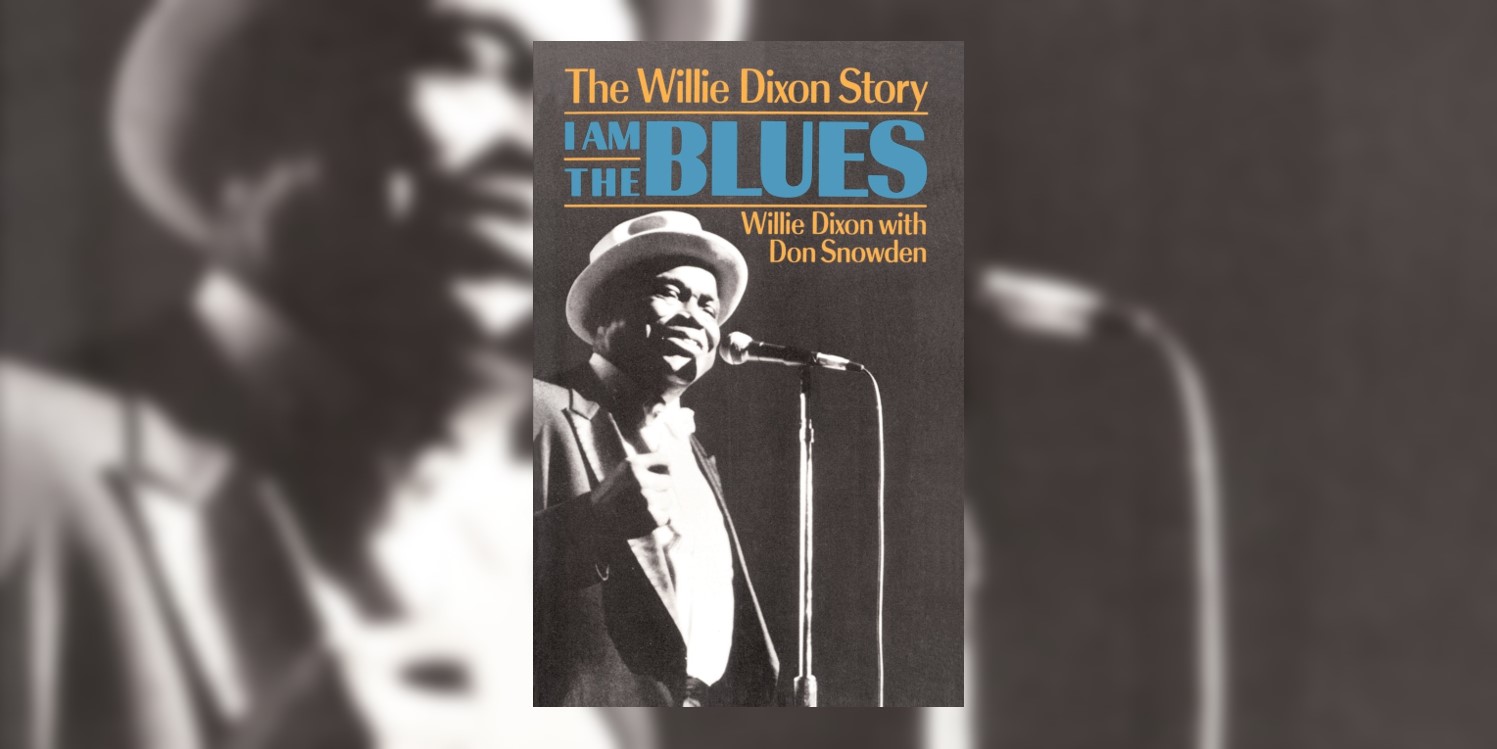Unfaithful Music & Disappearing Ink
Elvis Costello | 2015
Selected by Libby Cudmore
Meandering and wry, what Elvis Costello's memoir Unfaithful Music & Disappearing Ink lacks in sordid gossip it makes up for in clever tales. And there are tales, backstage recollections and domestic regrets, family photos of the MacManus clan dating back as far as photographs go. Plenty of stories behind the songs, but not so many as to dispel the masterful mystery.
Hit Men: Power Brokers and Fast Money Inside the Music Business
Fredric Dannen | 1990
Selected by Justin Chadwick
I spent the summer between by junior & senior years at UCLA interning in the radio promotion department at Geffen Records on Sunset Boulevard in West Hollywood. Sure, the tasks assigned to me may have been menial and tedious, but I nevertheless found gratification in doing even my small part to help amp records by the likes of Hole, Beck, Elliott Smith, and Rob Zombie, all while daydreaming about exploring a career in the thick of the music business once my studies concluded the following year.
To bolster my fledgling knowledge of the record industry at the time, I added Hit Men to my reading list and it quickly served as an eye-opening reality check for me. For despite the understandable allure that the music world holds for those on the outside looking in, it’s an industry that possesses a unique brand of backwardness, corruption and compromised ethics.
Though I was beginning to observe the relationship between record companies, independent promotion personnel, artists and radio stations via my firsthand exposure at Geffen, Dannen’s book offered a well-articulated history of the political machinations and manipulations—often of the financial variety—that enable a song to ultimately find success on the airwaves. I never thought of radio the same way again.
I Am The Blues: The Willie Dixon Story
Willie Dixon | 1989
Selected by Patrick Corcoran
Naming your autobiography “I Am The Blues” and not being B.B. King, Muddy Waters or Howlin’ Wolf could be seen as an ego running riot. Unless, of course, you happen to be the lynchpin of one of the most important music labels in history.
Willie Dixon was the composer of some of the most famous blues songs ever, his compositions recorded by a long list of great artists with Chess Records in the 1950s and ‘60s. As well as writing, he produced, directed and played double bass on innumerable records from the halcyon era of Chicago blues.
His autobiography is the story of black life in America. From his birth in Mississippi to his northward flight to the city of Chicago, his experiences were those of millions of other black Americans and he told them with wit, wisdom and humility. The same integrity that saw him become a conscientious objector in the Second World War and defender of black musicians’ rights shines through on every page.
But Beautiful: A Book About Jazz
Geoff Dyer | 1991
Selected by Patrick Corcoran
Books about music can occasionally become dry, academic and laden down under the weight of useless facts. Those that are inspired by music are entirely different though. Geoff Dyer’s incredible But Beautiful: A Book About Jazz is one such example. Focusing on eight jazz legends (including Lester Young, Thelonious Monk, Bud Powell and Ben Webster), he builds a sketch of key moments in their life stories in an attempt to paint a detailed (semi) fictional account of their lives.
Dyer manages to paint an unflinching dark beauty on the canvas of an American society riven with racial injustice and captures the obsessive beauty of these jazzmen with a prose that sings as freely as their horns did. Particularly heartbreaking is the Lester Young vignette where Dyer shows Young’s sorrow through the bottom of the bottle—to read about such a great musician in such a helpless and hopeless state in such an immersive way is thrillingly appalling.
Beside the prose and imagery though is a deep, abiding love for and understanding of the music these giants shared with the world. When he writes of Charles Mingus’ work “his music was pledged to the abolition of all distinctions: between the composed and the improvised, the primitive and the sophisticated, the rough and the tender, the belligerent and the lyrical,” it suddenly clarifies the tension within the music that makes it so beguiling.
Chronicles: Volume One
Bob Dylan | 2004
Selected by Justin Chadwick
Notoriously taciturn and private (some might say curmudgeonly and standoffish), Bob Dylan gave his loyal legion of fans a lot to chew on with the revelatory first installment of Chronicles. I remember being transfixed by his words, reading it front to back cover in one sitting.
Wisely foregoing a bloated reminiscence of his 40+ years writing and recording songs at the time of its publishing, the memoir focuses on three distinct periods of his career: the genesis of his eponymous 1962 debut album Bob Dylan, his post-stardom period recording New Morning (1970), and fast-forwarding nearly two decades, his late ‘80s resurgence propelled by Oh Mercy (1989).
Throughout, Dylan reinforces his devotion to songwriting—both as an artist and a fan—while expressing discomfort with his anointing as an icon. “All I’d ever done was sing songs that were dead straight and expressed powerful new realities,” he confides. “I had very little in common with and knew even less about a generation that I was supposed to be the voice of.”
Chronicles doesn’t answer all of the questions or unshroud all of the mystique that surrounds the man born Robert Zimmerman. But it does offer rare glimpses into the mind, heart and soul of one of the greatest songwriters ever to put lyrics to paper.
Now where in the world are the once-reported volumes two and three?
Eminent Hipsters
Donald Fagen | 2013
Selected by Libby Cudmore
Donald Fagen's Eminent Hipsters is exactly the sort of memoir the co-founder of Steely Dan would write. Unsentimental but occasionally wistful, Fagen recounts the entertainers who etched upon him who he would become—Henry Mancini, Jean Shepherd, various late-night jazz DJs—and prints his hilariously grouchy diary from a summer spent touring with the Dukes of September. It's worth picking up the audiobook, which he reads, just to hear him disdainfully describe a hipster band that plays Mancini music "on instruments...made of garbage."
Visions of Jazz: The First Century
Gary Giddins | 1998
Selected by Justin Chadwick
Though my parents played jazz records in our home and I always enjoyed the sounds emanating from the speakers even at a very young age, my curiosity about jazz wasn’t truly stoked until I embraced hip-hop music during my pre-teen and teenage years. With each CD I added to my ever-expanding collection, I would pore over the liner notes, eager to identify the original sources cited in the sample credits. Albums produced by the likes of consummate crate-diggers Pete Rock, DJ Premier and J Dilla proved fundamental in my expanding musical education and my burgeoning love of jazz.
I picked up Giddins’ Visions of Jazz in my later college years to help round out my knowledge and spark new discoveries within a genre that can at times feel limitless in its history and scope. An ambitious yet gratifying read, the book is comprised of 79 chapters in all, each one exploring a different artist integral to the story of jazz, with Louis Armstrong and Duke Ellington each rightfully occupying multiple entries.
Across the meticulously researched Visions’ more than 700 pages, Giddins acknowledges the roles that many of jazz’s greatest purveyors & visionaries assumed in helping to evolve and validate the art form that, quite frankly, still remains misunderstood and underappreciated by far too many.
The Mansion on the Hill: Dylan, Young, Geffen, Springsteen and the Head-On Collision of Rock and Commerce
Fred Goodman | 1997
Selected by Justin Chadwick
Coupled with the aforementioned Hit Men, The Mansion on the Hill proved required reading for me as I concluded my studies at UCLA in the late ‘90s with a keen eye toward developing a career in the music business. Goodman explores when, why and how the artistic vitality and commercial viability of rock & roll coalesced to create not just revered, but rich rock stars and industry moguls, while transforming the music and culture into the global phenomenon that it continues to be to this day.
Mansion reminds us that while dropping the needle on a record or attending a live show are relatively simple and straightforward propositions for music fans, there are underlying, often complex forces at play aimed at monetizing the music for each of the major players involved.
Girl In A Band: A Memoir
Kim Gordon | 2015
Selected by Liz Itkowsky
Kim Gordon’s 2015 memoir Girl In A Band is a thoughtfully collected recounting of a woman coming of age as an artist and the paths she took to become one of the most famous female musicians of all time. Throughout Girl In A Band, there are intimate portraits of life on the road as a musician trying to find her voice, and as a young mother with a hand in several projects. There is plenty of rock & roll gossip (including a summation of Gordon’s relationship with Courtney Love) and juicy fodder about the New York City art scene, from the perspective of a post-punk pioneer.
At the time of its release, Girl In A Band also promised never-before-told secrets about Gordon’s marriage to now ex-husband Thurston Moore. A few years later, these anecdotes feel less important. Gordon’s ruminations on the search for creative endeavors and having the confidence to pursue them are where her real depth lies. Girl In A Band is highly recommended reading for all aspiring artists.
Sticky Fingers: The Life and Times of Jann Wenner and Rolling Stone Magazine
Joe Hagan | 2017
Selected by Sarah Paolantonio
If you’re a fan of music and popular culture in the 20th century, you’ll love Joe Hagan’s Sticky Fingers: The Life and Times of Jann Wenner and Rolling Stone Magazine. It opens on John Lennon crying, watching the Let It Be rooftop footage for the first time in an empty San Francisco movie house, Wenner a few seats away. Hagan then takes us back to Wenner’s first LSD trip, through his fights with Jagger and Lennon and gives us mini-biographies of photographer Annie Leibovitz and Hunter S. Thompson. Sticky Fingers is an elaborate story gathering all the wealth, fame, stars, and gossip that made Jann Wenner’s world go round.
Hagan literally bumped into Wenner years ago when Wenner was shopping for journalists to write his biography. Once he realized Hagan had cut his teeth with “important enough” figures—Hillary Clinton and Henry Kissinger—he asked Hagan to do him the honors. Wenner gave him full access to every document he ever saved and every Polaroid he ever snapped. But Wenner didn’t like what Hagan found: a self-obsessed, two-faced, egotistical fanboy. Wenner wanted to be a rock star, so he borrowed his wife’s family money to start Rolling Stone and acted accordingly. And that’s only the beginning.
Sticky Fingers is a wild ride. And to hear Hagan read from it and talk about interviewing McCartney, Pete Townshend, Springsteen, and Keith Richards at his book launch in Brooklyn in 2017 is a highlight of my life as a writer and a fan. Shortly after this book was released, Wenner sold his ownership shares of Rolling Stone after 50 years as Editor-In-Chief. He cancelled public appearances scheduled with Hagan to discuss the biography.
Hagan is a supreme journalist who burst Wenner’s bubble with a narrative no one had ever heard before—the truth.











